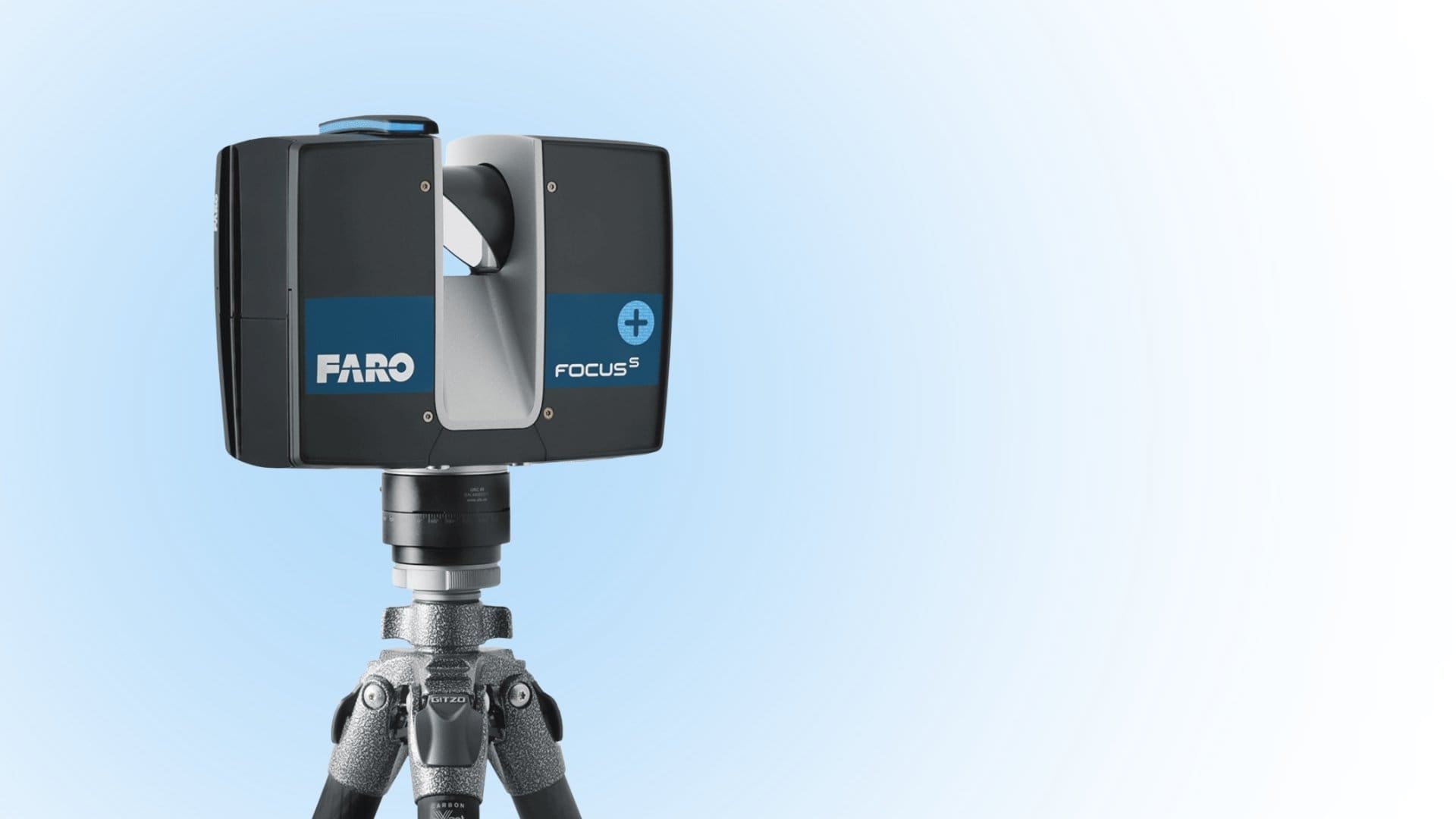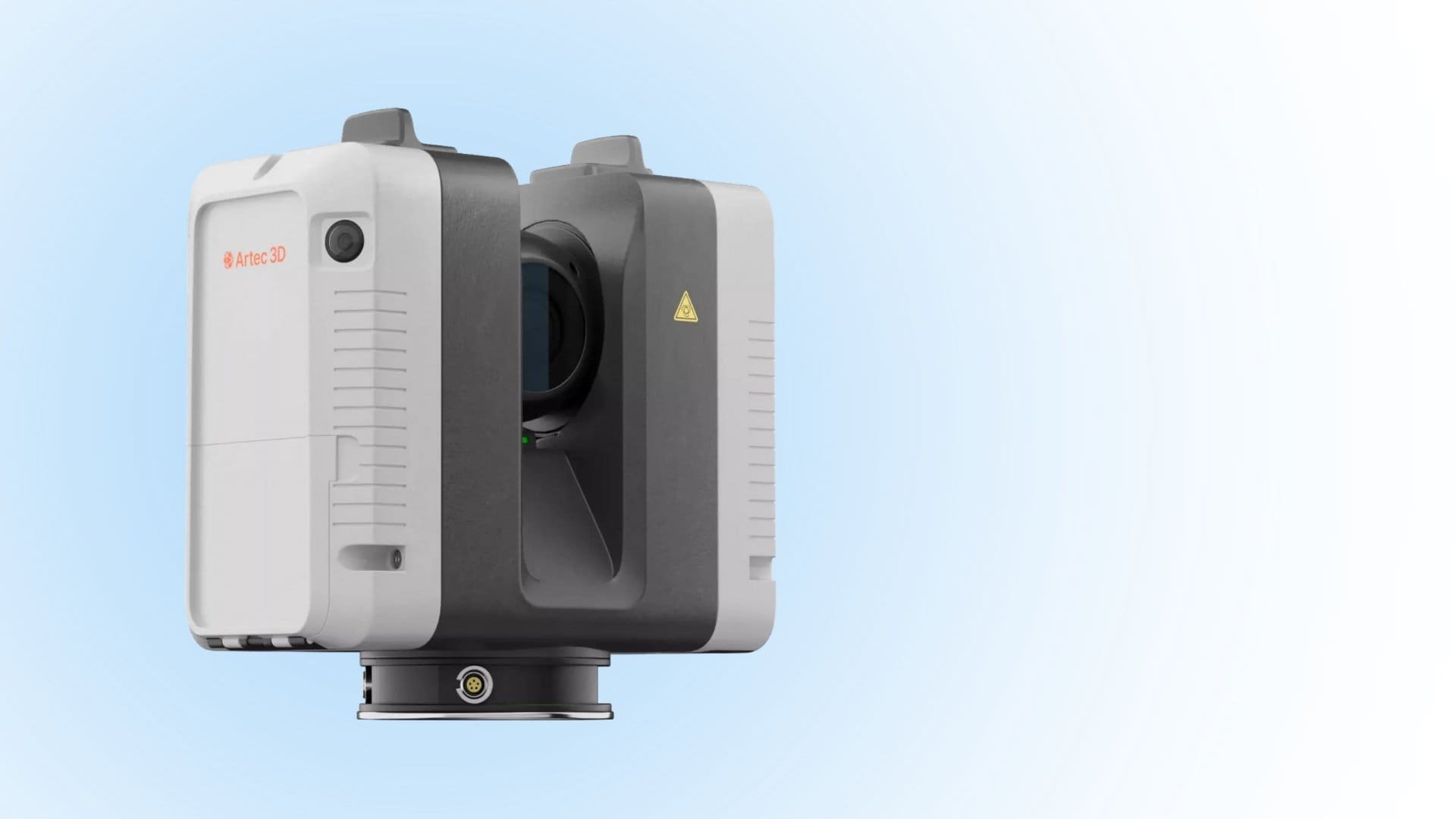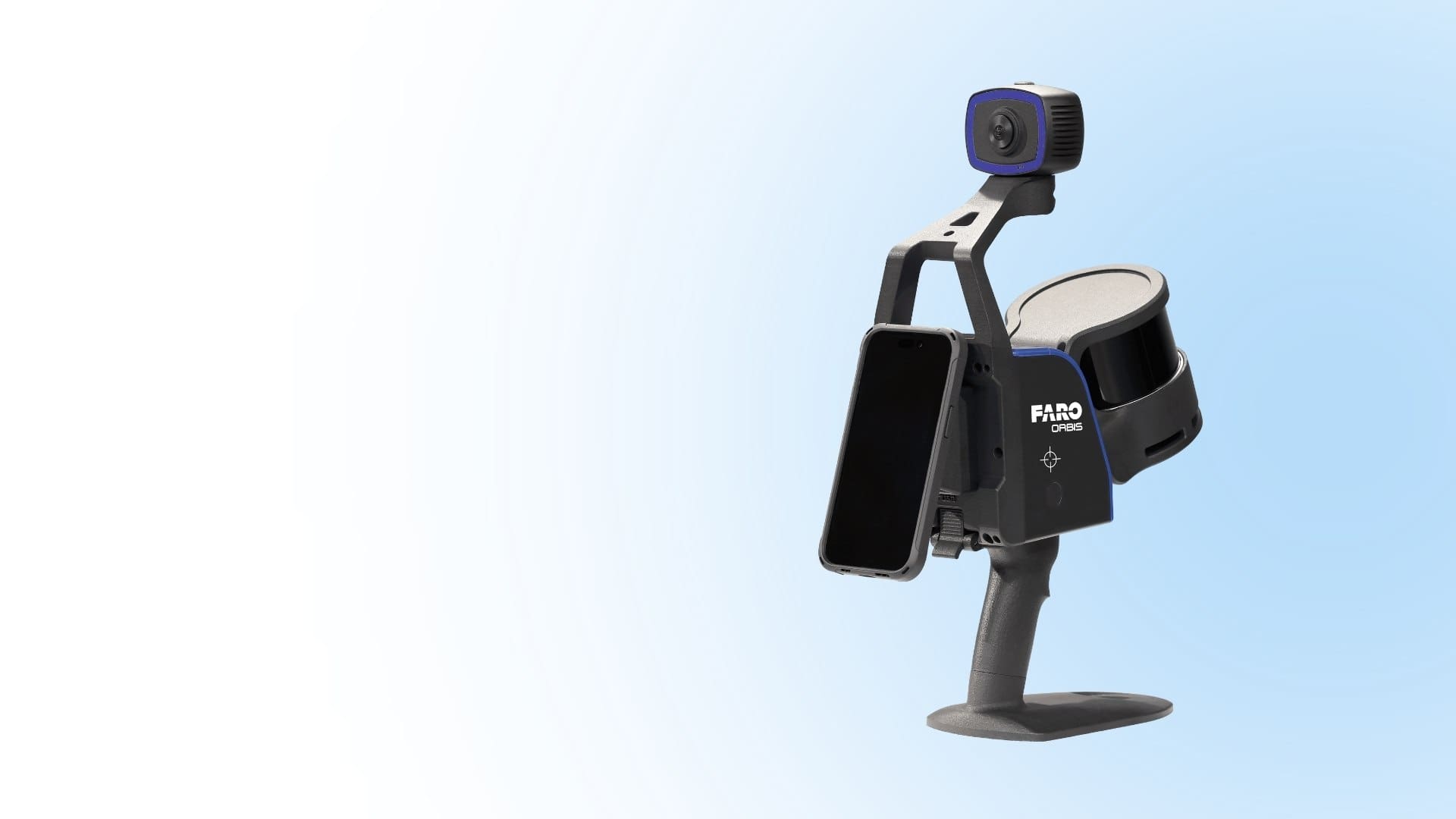
Long-Distance 3D Scanning for Infrastructure
Huge infrastructure projects present unique challenges that can only be addressed with advanced solutions like long-range 3D scanners. Whether it’s
A desktop 3D scanner can be beneficial across many industries, allowing enterprises to accomplish their objectives through rapid prototyping, efficient quality control, improved reverse engineering capabilities, and enhanced design accuracy.
It accelerates the product development cycle, facilitates better teamwork, and reduces the overall cost. Understanding the benefits of desktop 3D scanners for professionals across sectors gives you ideas on how you can utilize them to streamline your workflows.
In this post, we’ll discuss how this scanner works and how different sectors can benefit from desktop 3D scanning technology.
The most common desktop 3D scanners today use either structured light or laser triangulation technologies to produce realistic 3D models of physical objects. The scanner starts by projecting patterns of light onto the object. Then, its in-built camera captures the projected shapes and dimensions, and the scanner’s software restructures them into 3D models.
The projected light comes in the form of a grid or lines and follows the shape of the physical object. The software uses triangulation technology, which works the same as human eyes, to interpret depth and estimate 3D coordinates projected by the light.
A desktop 3D scanner is firmly fixed on a desk or any other flat platform to eliminate inaccuracies and errors caused by erratic hand movements. It features an automated turntable that enables it to rotate smoothly and capture the object from all sides.
The scanner’s compact and static design makes it suitable for scanning smaller objects that can be placed on the desk and scanned effortlessly from all sides. So, what are the benefits of integrating desktop 3D scanners into your business or profession?
A desktop 3D scanner helps improve the quality of your scans by eliminating the inconsistencies and errors caused by a handheld 3D scanner. It relies on an automated turntable to move around an object, resulting in consistent results that meet required quality standards.
Furthermore, its precision and high resolution allow you to detect and rectify minor defects or deviations in your 3D models, improving the quality of your final products. This scanner is ideal for quality control because it allows for on-the-spot quality checks, minimizing downtime and production delays.
Unlike handheld 3D scanners, desktop scanners allow you to generate 3D models quickly by eliminating the need to move around the object manually, accelerating the process of creating prototypes and iterative designs.
A desktop 3D scanner reduces the overall time you take to move from conceptualization to production. This scanner improves design accuracy due to its ability to capture intricate details and patterns with great precision.
So, the final designs and models are true replicas of physical objects. If you’re using a desktop 3D scanner for reverse engineering, you can simplify the process by creating 3D models from physical products and replicating them, increasing production while minimizing resource usage.
This scanner enables efficient use of materials by generating accurate 3D models that require little or no modification. Additionally, it streamlines design and analysis processes, speeding up production cycles.
This reduces the overall time needed to manufacture products and take them to the market. This 3D scanner is also suitable for manufacturers because it lowers the cost of developing products, thanks to its high speed and precision.
A desktop 3D scanner is highly versatile, making it useful for various projects across industries, including the most critical sectors, like healthcare, engineering, construction, architecture, automotive, and aerospace.
It can also capture intricate shapes and dimensions that are hard to capture with other types of scanners and traditional tools. Its stationary design and advanced technology enable it to project complex patterns and reproduce them accurately to give you accurate results.
Many sectors that have integrated desktop 3D scanners into their systems are already reaping the benefits, including streamlined workflows, improved accuracy and quality, reduced product development time and cost, and consistency in scanning results.
If you need a reliable source of a desktop 3D scanner or any other type of 3D scanner, Digitize Designs has your back. We have a wide range of scanning products and solutions tailored to improve productivity!
3D Scanning & Metrology News, Press, Insights, Trends, Case Studies, and more.

Huge infrastructure projects present unique challenges that can only be addressed with advanced solutions like long-range 3D scanners. Whether it’s

Different long-range scanner brands offer varying features and capabilities; hence the need to understand the most crucial aspects of long-range

The key difference between long-range and short-range scanners is the maximum distance at which they can capture data. Ordinarily, long-range

The key elements to consider in long-range 3D scanners include accuracy, scan speed, resolution, scanning mechanism, and ease of use.